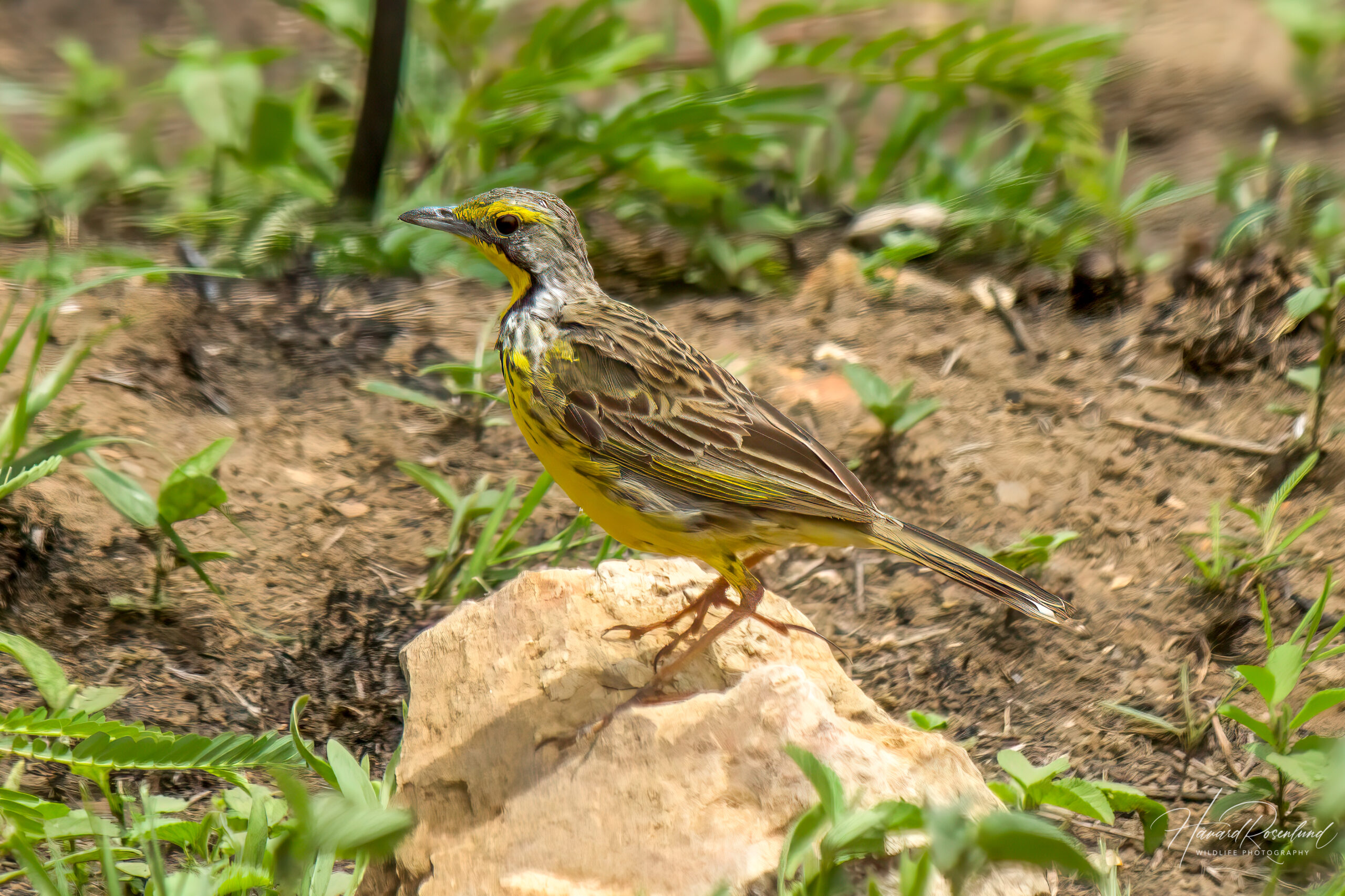Description
The yellow-throated longclaw (Macronyx croceus) is a striking bird related to the pipits and wagtails. It is the most widespread of the longclaws and it has a patchy distribution across Western, Central, and Southeastern Africa. It is known for its bright yellow throat and breast, contrasting sharply with its brown upper parts. It has a black band across its upper breast and both sides of the throat. This bird typically measures about 20-22 cm (7.9-8.7 in) in length. As with other species of longclaws, it has unusually long hind claws. It bears a resemblance to other species of longclaws in Africa, and they differ on various traits, such as different throat colorations, size and build, as well as the amount of streaking on the chest.
Diet & habitat
The yellow-throated longclaw inhabits savannas and grasslands, often seen in areas with taller grasses. It is an omnivore, feeding on a variety of insects like beetles and grasshoppers, and occasionally seeds. Its feeding technique involves foraging on the ground, walking through the grass and often flushing insects which it catches in a swift, agile manner.
Nesting
Breeding season for the yellow-throated longclaw varies depending on the region but often occurs during or just after the rainy season, aligning with the abundance of insect prey. Nests are typically built on the ground, hidden in dense grass. The female lays 2-3 eggs per clutch. Both parents participate in incubating the eggs, which hatch after about two weeks. The fledglings leave the nest a few weeks after hatching but remain dependent on the parents for a short while longer.
Status
The yellow-throated longclaw is widespread and common. While it does not face any major, widespread threats, habitat loss due to agricultural expansion and land development poses potential risks. It is listed as least concern on the IUCN Red List.








